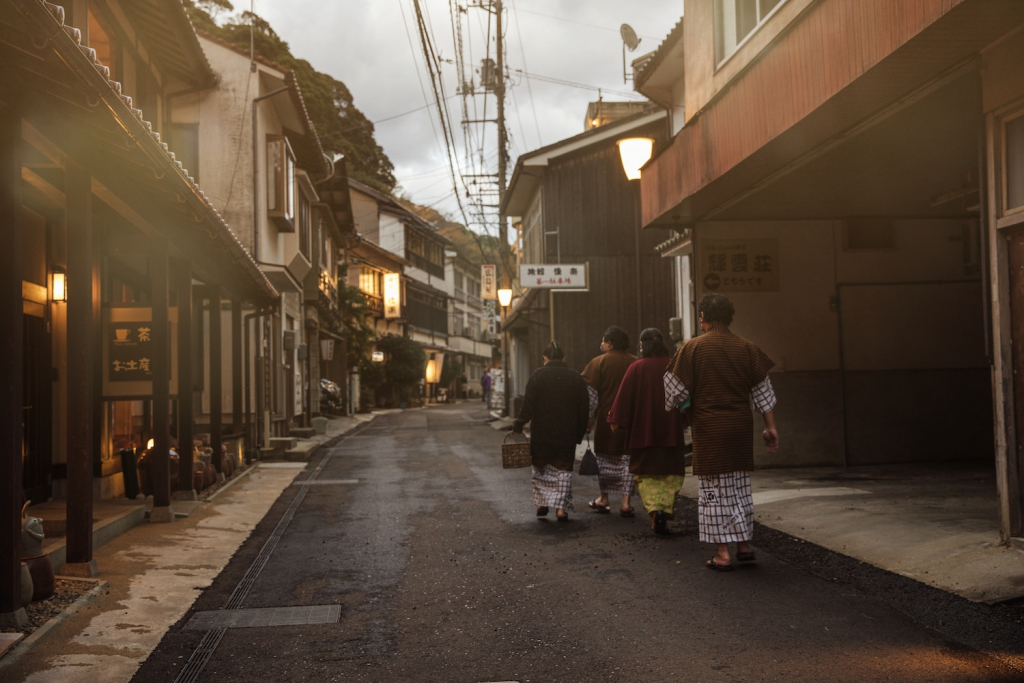For those living in Tokyo or other metropolitan locales, it can be easy to lose touch with the traditional cycles that often underpin rural life. Reconnect with these natural rhythms in Shimane Prefecture, which hugs the wild Japan Sea coastline, and has spiritual history infused into its very name (meaning “root of the islands”).
Yunotsu: Of Onsen and Gods
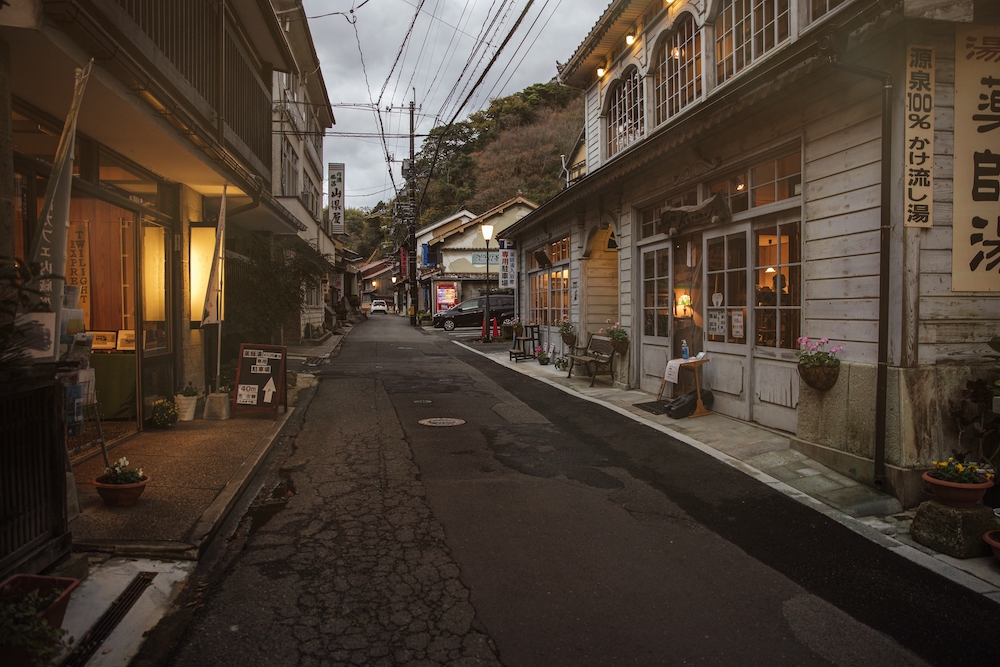
Photo by Solveig Boergen
The city of Oda, lying just southwest of the venerated Izumo Taisha shrine, is home to a UNESCO World Heritage site clustered around the Iwami Ginzan silver mine, which was in action from the 1520s until the 1920s.
We started our adventure in the adjacent coastal town of Yunotsu Onsen, also part of the World Heritage site, which invites relaxed strolling along its retro streets—and of course a long soak in its therapeutic waters. The town has two bathhouses: Motoyu, fronted by a statue honoring the local legend of a traveling monk who discovered the water’s medicinal powers after seeing an injured raccoon bathing; and Yakushiyu, which has earned a top five-star ranking, and has an adjacent café and gallery.
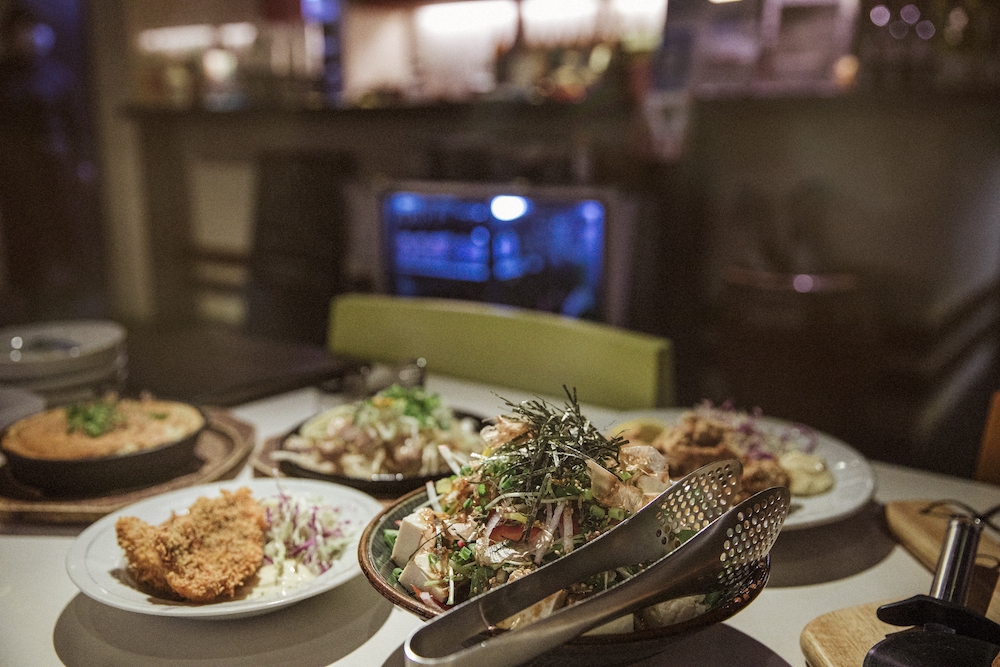
Photo by Solveig Boergen
Fresh from our bath, we headed to the local bistro-style restaurant Roan, whose specialties include gloriously crisped fried chicken and nagaimo no fuafua yaki, a fluffy and creamy take on Chinese yam, which we enjoyed with Chilean Chardonnay.
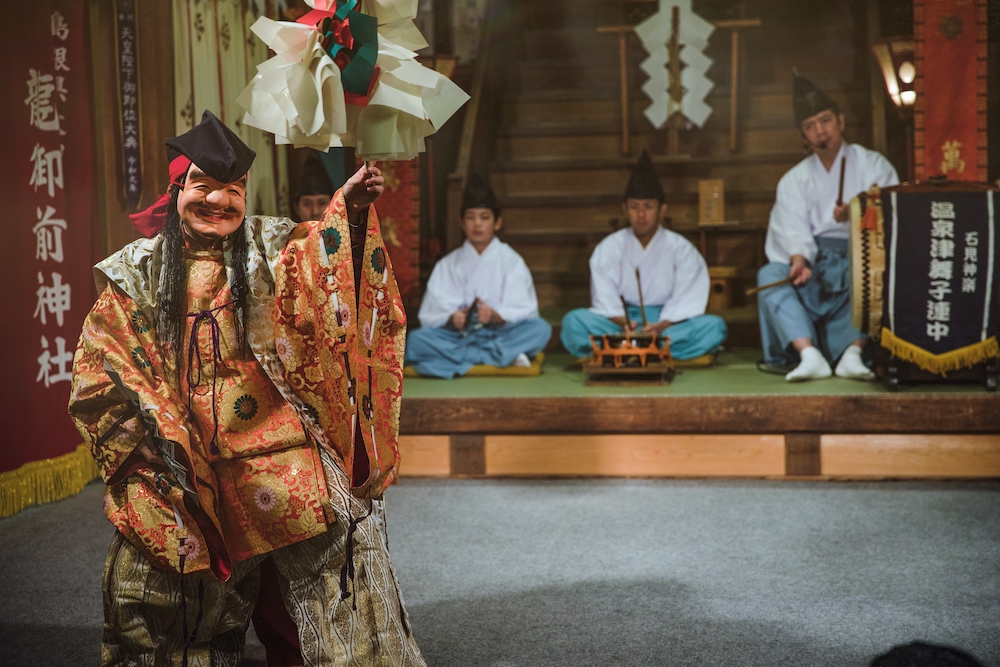
Photo by Solveig Boergen
Just steps down the road at the Tatsuno-gozen shrine, we next attended a performance of the local folk dance, Iwami kagura, which reenacts mythical stories from the ancient Kojiki chronicles along with joyfully frenetic musical accompaniment. Held every Saturday night, this vibrant tradition offers a profound glimpse into local identity. We saw performances of two legends: the comically exuberant Ebisu; and Orochi, which reenacts the dramatic slaying of a writhing eight-headed serpent by the god Susano-no-mikoto, brother of the sun goddess Amaterasu.
We stayed that night at Fukaya, a lovely wooden inn featuring a photo exhibition that showcases the art form’s vivid costumery. For a deeper look into Iwami kagura culture, visit the local studio of young artist Taizō Kobayashi, who crafts masks using local washi paper, and is himself a performer of the genre.
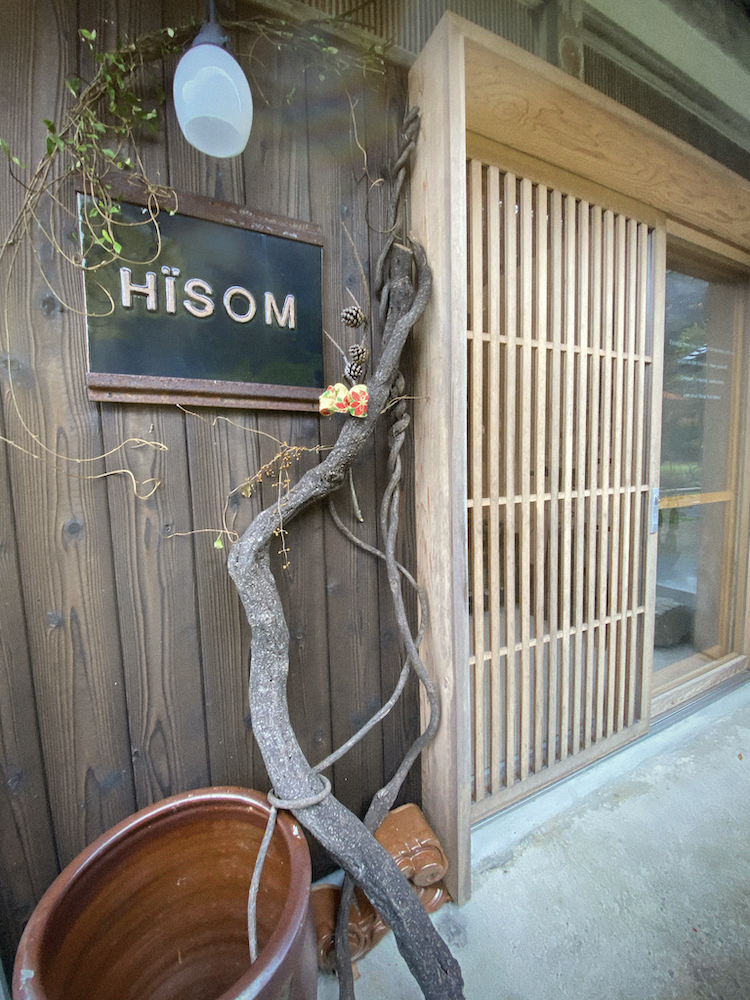
Photo by Solveig Boergen
Also consider staying in the nearby hamlet of Hiso, where a stylish renovated kominka (traditional folk house) is tucked along the forest’s edge. Riffing on the village name, whose characters translate as “ancestors of the sun,” proprietor Masako Ōmi called her inn HÏSOM, which may also be read as hisomu (“hidden”).
“This village was a meeting point for the gods of the sun and the ocean,” Ōmi told us as we walked from HÏSOM toward the wind-whipped coast of Hiso Bay. She explained that local residents fish and cultivate iwanori (seaweed), and sometimes also take visitors out for impromptu boat rides.
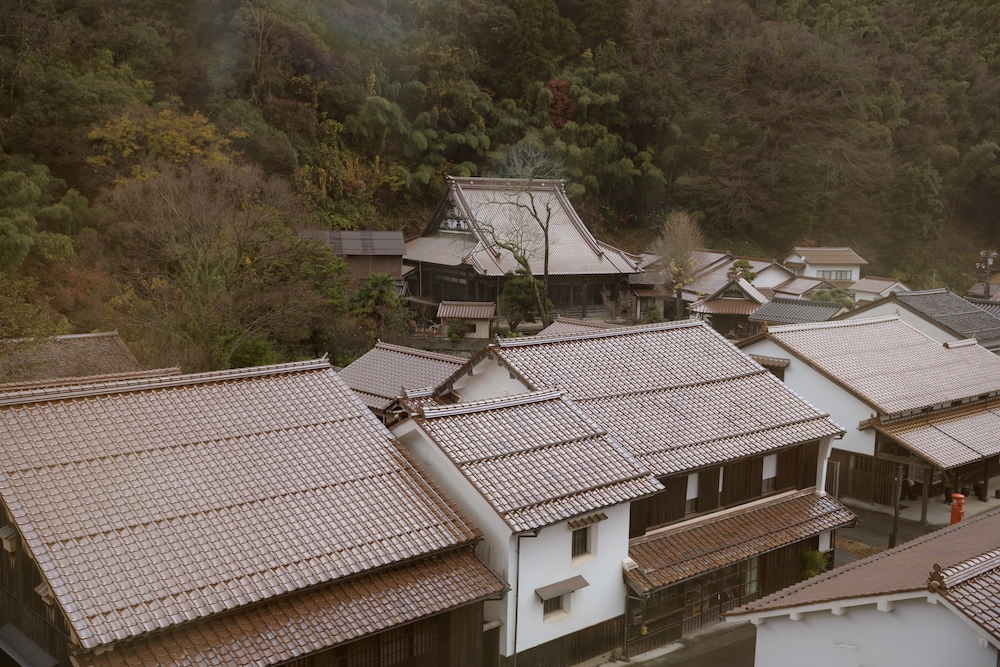
Photo by Solveig Boergen
She then drove us toward the two nearby ports from which silver was exported after being trekked out from the Iwami Ginzan mine. During its historical peak in the 1500s, the mine accounted for around one-third of the world’s silver—and we were incredulous that these tiny waterways led to an international trade. The secluded nature of the area suited the ruling Tokugawa Shogunate just fine, however, for protecting its coveted riches.
Ōmi also operates another nearby stylish inn, Yururi, and has a laundromat-café in the works. She is involved in local efforts to draw both international tourists and young creatives to the region, and recently published an attractive book in English to introduce local artisans. “Between the local herbs, plentiful sand to make glass, and local pottery scene,” she told us “We truly are blessed here with natural materials.”
Iwami Ginzan: Streets Infused with Japanese History
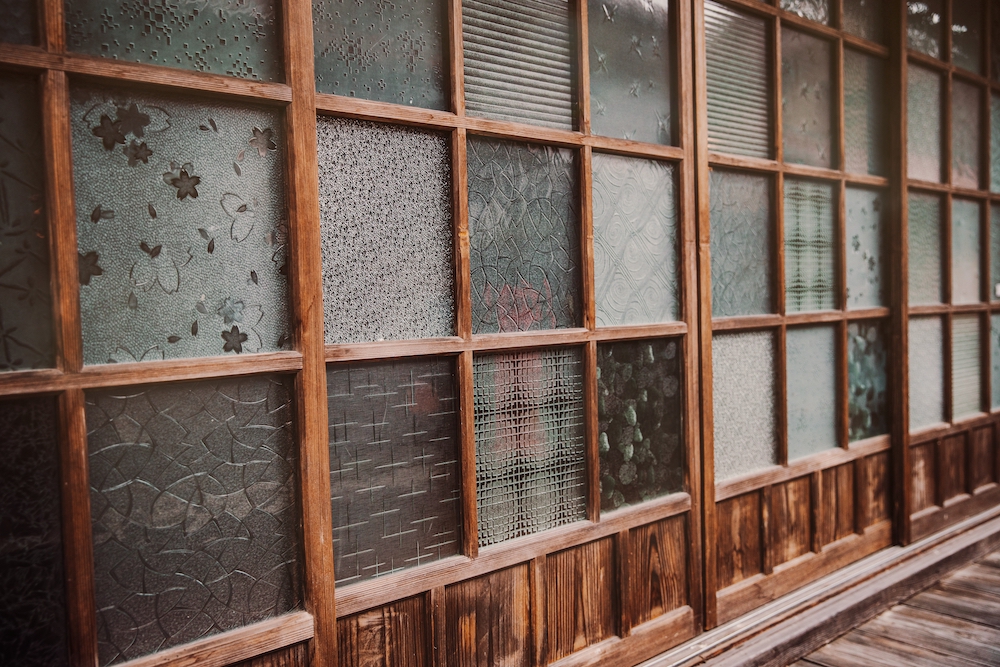
Photo by Solveig Boergen
The nearby village of Ōmori, adjacent to the silver mine and once home to its administrators, feels somewhat like time-traveling back to the Edo era. The town flourished during the 1800s, but was largely abandoned after the mine closed in 1923. The town still retains its historical flavor, including traditional red sekishu-gawara roof tiles.
Instrumental in town revival has been the Matsuba family, who have renovated numerous empty structures into thriving businesses through their Iwami-Ginzan Lifestyle and Culture Laboratory, known as Gungendo. All offshoots of the multi-pronged company reflect their concept of slow, sustainable living in line with natural rhythms—or, in the Matsuba’s own words—“life with roots.”
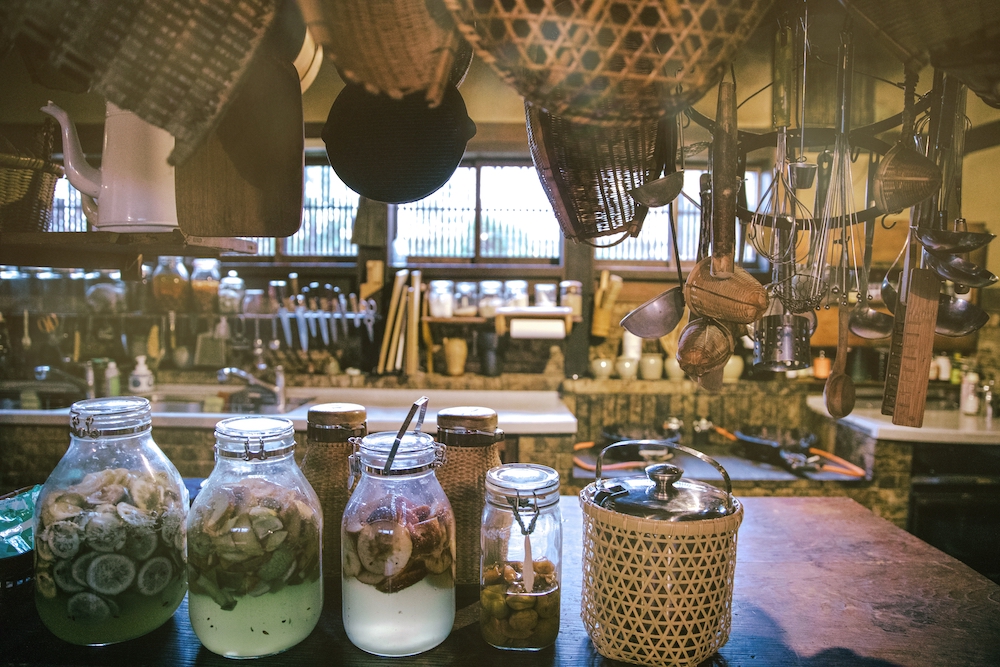
Photo by Solveig Boergen
We visited the Gungendo flagship shop and café, where we browsed shelves of handmade clothing and eclectic local goods, and enjoyed a light lunch of miso soup with root vegetables, housemade tsukemono pickles and donabe (clay pot) rice. We then visited one of the family’s two inns, Takyo Abeke, which matriarch and visionary Tomi Matsuba began renovating in 2001 using materials she found everywhere from local schoolyards to railroads.
The inn embodies the term shibui (something like refined depth), featuring charcoal earthen walls, hanging hoshigaki (dried persimmons), a communal table laden every night with bountiful seasonal fare, a deep wooden bathtub accented by candles at night and even an atmospheric bar whose offerings include Umehana beer brewed from local plum flowers. It was hard to leave this inn—and easy to understand why it is booked out so far in advance.
Oku-Izumo and Unnan: As Tranquil as Japan’s Beautiful Nature Gets
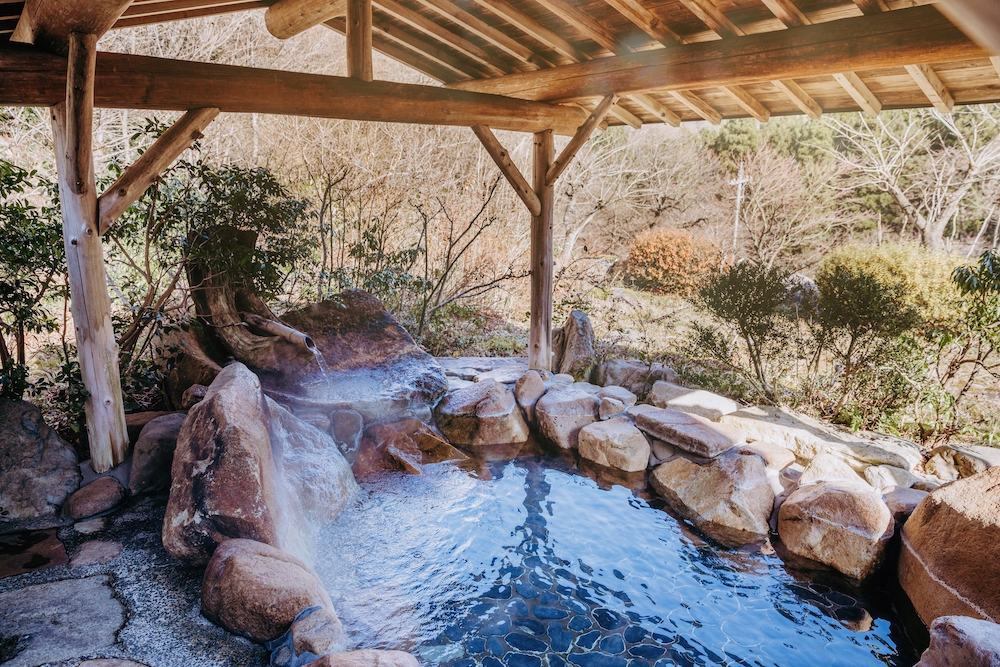
Photo by Solveig Boergen
While lying somewhat in the shadow of the sacred Izumo Taisha shrine, the Oku-Izumo-Unnan region is nevertheless a worthy destination in its own right. We first enjoyed a hike at Oni No Shitaburui (literally “the demon’s wagging tongue”), a dramatic mountain gorge with a suspension bridge and a wending river flanked by enormous stones.
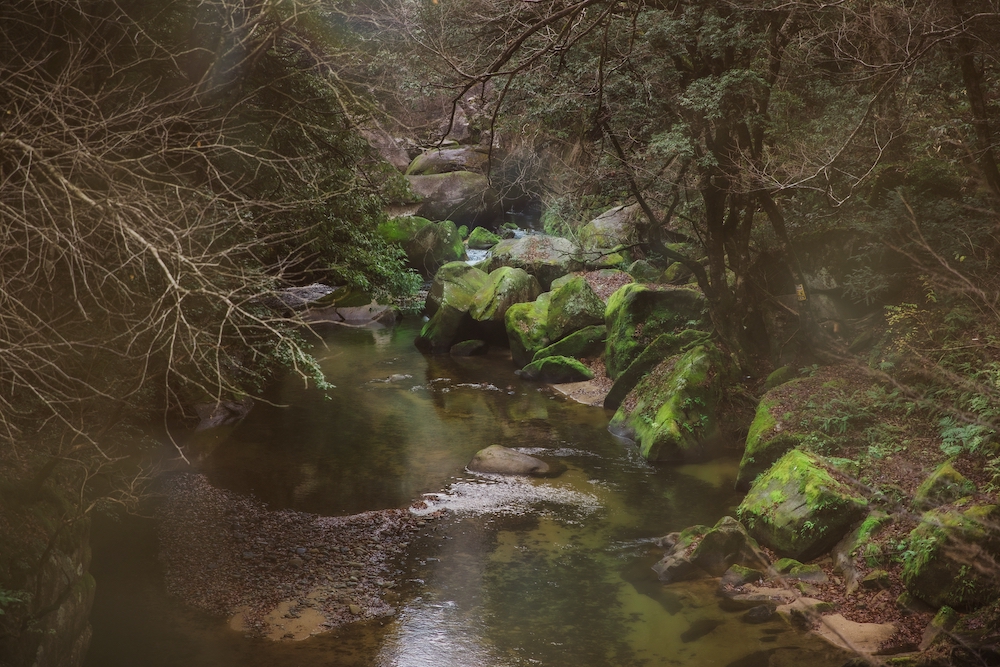
Photo by Solveig Boergen
Peer deep into swordsmith culture here, where steel is produced to craft katana swords. Learn more at the Historical Museum of Iron in the town’s Yoshida district, where you can also see the stately home of the Tanabe family, who oversaw local 17th-century iron production. See the red-hot fires where the blades are forged at the Okuizumo Tatara Sword Museum, which also offers hands-on workshops.
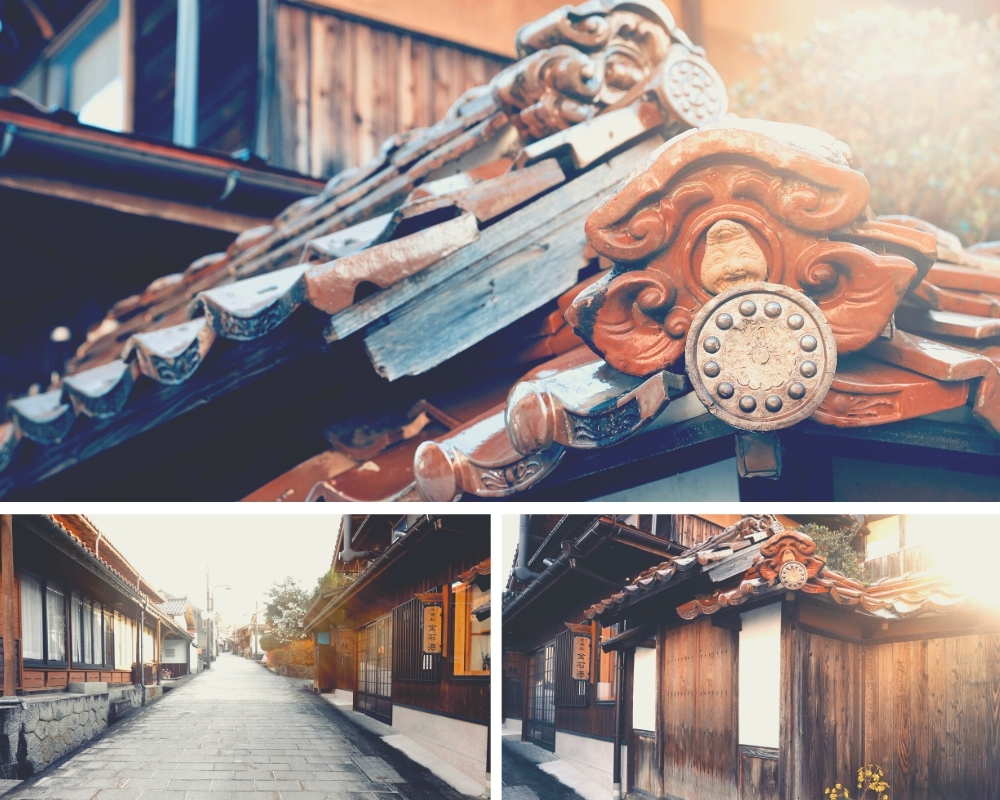
Photo by Solveig Boergen
Arrive early to your night’s accommodation in order to enjoy a rotemburo (outdoor bath) soak in the local alkaline onsen waters, known for making skin smooth and supple. Katakuri no sato Minshuku Tanabe is a delightful inn fronted by a scenic walking trail, which serves meals alongside its irori (open hearth) and is also open to day-bathers. Further toward the coast, onsen hotel Seiranso offers interesting takes on traditional meals such as satoimo (taro root) with a goji berry garnish, and nodoguro (blackthroat seaperch) stuffed creatively with mashed potato.
The gods are said to converge at Izumo Taisha during the tenth lunar month each year, and our visit happened to occur just after they had taken their leave of the region. While the timing somehow seemed to lend an auspicious flavor to our visit, anytime of year is ideal for experiencing Shimane’s unique combination of deep nature, intriguing history, savory cuisine and stylish accommodation.
[Sponsored Post]

